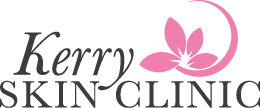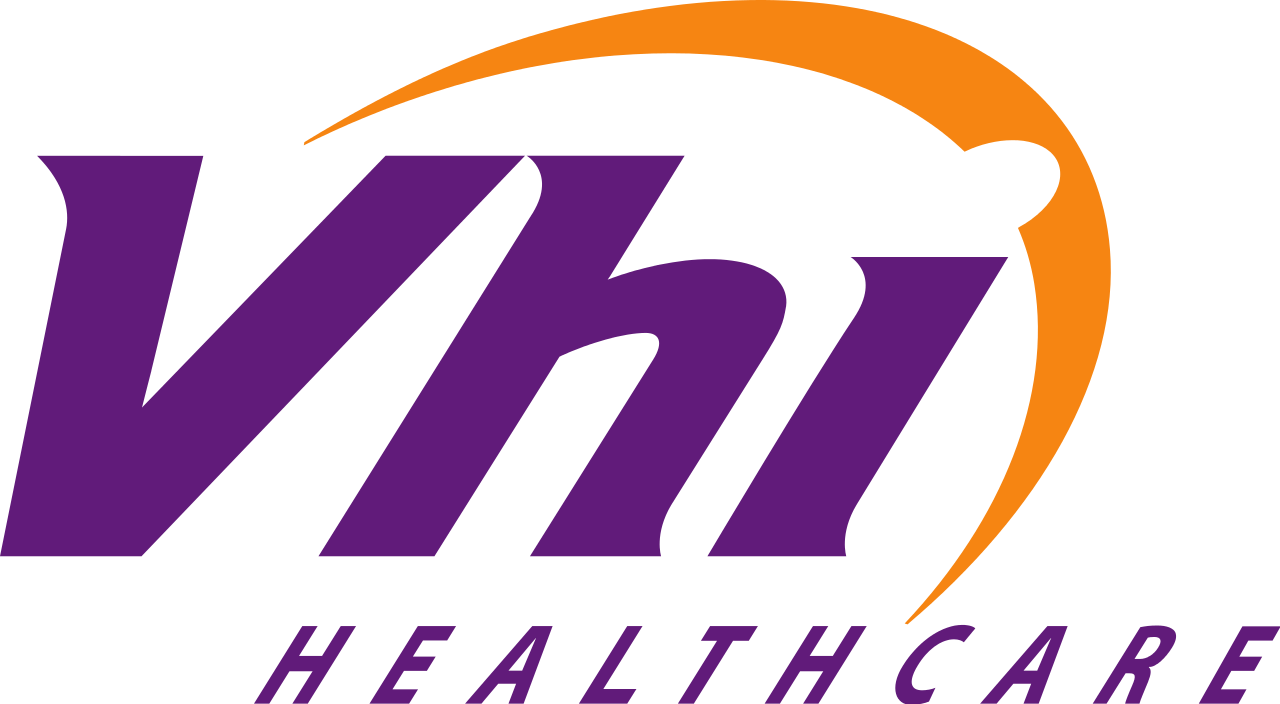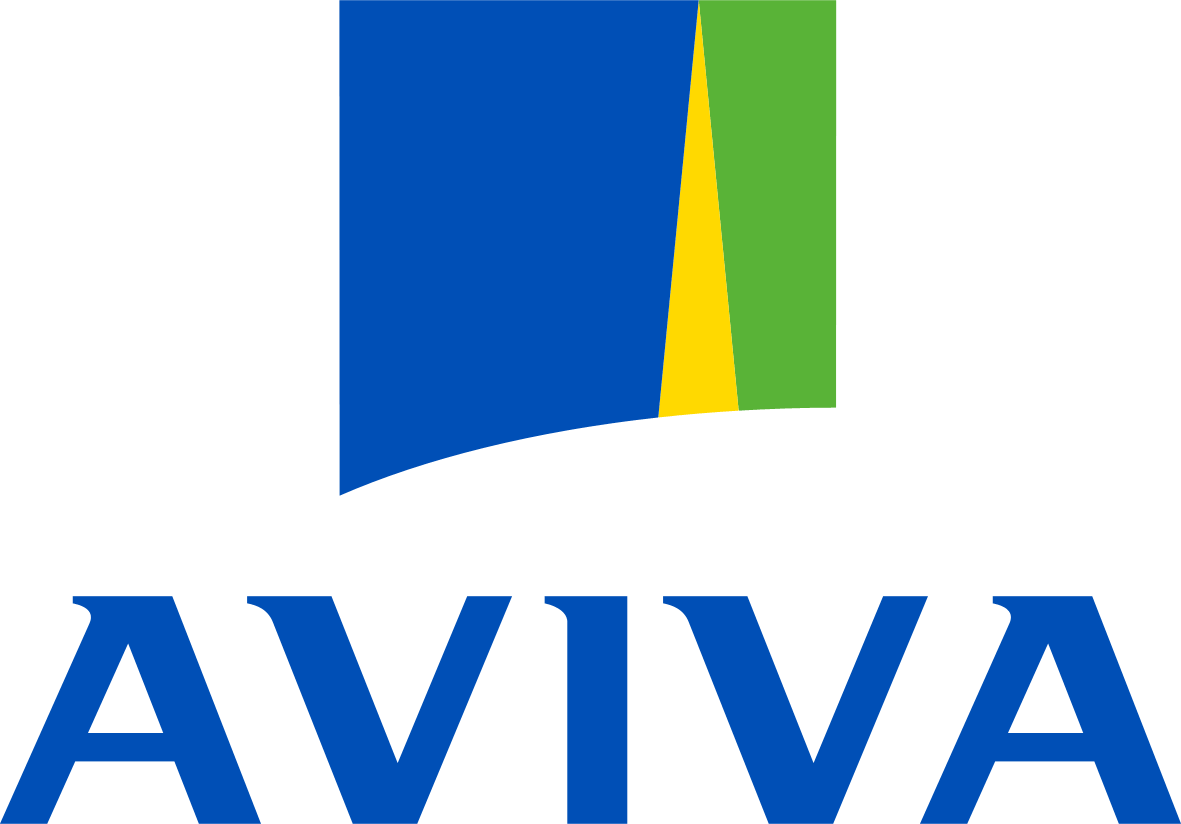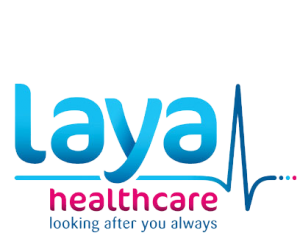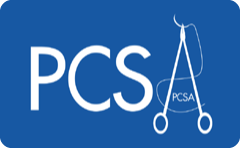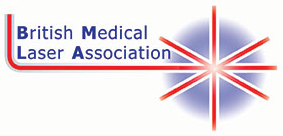Wrinkle Prevention
 Download this information as a PDF
Download this information as a PDF
Ten rules for people with fair or sensitive skin and those with sun damage.
1.
Cover up in the sunny weather – wear a broad rimmed cotton or felt (not straw) hat that covers your face, ears and the back of your neck. Wear a long sleeved shirt and long trousers or a long dress.
2.
Put a total sun block on the exposed skin (e.g. face, ears, neck, hands and feet). Choose a sun protection factor (SPF) of 25 or greater (i.e. the amount of UVB blockage). UVA protection factor must be at least one-third of the labelled SPF so choosing a sunscreen with a higher SPF will also mean high UVA protection.
3.
Avoid going out in the middle of the day (11 a.m. – 2 p.m.) when the sun is most dangerous.
4.
Remember that you can get sun damage even on cloudy days (70% of the damaging sun rays will penetrate through clouds, through glass and water).
5.
Take care to protect your skin from the sun all year round, not just the summer months. Be extra careful when overseas in sunny countries.
6.
Never use a sun bed.
7.
Remember there is no such thing as a “safe tan”. Tanning is a sign of skin damage. However, fake tans are safe but you still have to use all the above precautions (i.e. total sun blocks and protective clothing) when in the sun.
8.
Too much sun (or sun beds) can cause skin cancer especially in Irish people who have sensitive skin. Excessive sun exposure (or sun beds) will also prematurely age the skin and cause wrinkles.
9.
Beware of a cooling breeze, especially on a cloudy day when out bathing, golfing, gardening or on a boat as it may temporarily mask the burning effects of the sun rays which may be hidden by the clouds.
10.
If you are being sun smart to protect your skin from ultra violet light you should consider taking a vitamin D supplement (approximately 800 iu or 20 μg per day) as the sun shining on our skin is our principal source of vitamin D.
SKIN CANCER - What to look out for!
There are two main types of skin cancer, malignant melanomas and non-melanoma skin cancers.
Malignant melanomas
This is the most serious and dangerous type of skin cancer. They grow rapidly, spread early and can be fatal. They usually arise from freckles or moles. The warning signs to look out for are any one of the following three major signs:
A mole or freckle that is getting bigger (changing in size).
Or
A mole or freckle that is changing in shape: most moles are round or oval with a symmetrical shape. When a mole develops an irregular border it is a bad sign.
Or
A mole or freckle that is changing in colour: most moles are an even shade of light or dark brown. When a mole develops irregular shades of colour it is a bad sign.
If any of your moles develop any one of the above signs you should contact Dr. Buckley immediately as early detection and removal of a malignant melanoma can be life saving.
Other minor warning signs to look out for in a mole or a freckle are as follows:
- Itch
- Size greater than the head of a pencil (i.e. >7mm)
- Bleeding or crusting
- Inflammation.
Non-melanoma skin cancers
These include basal cell carcinomas (BCC) and squamous cell carcinoma (SCC). SCCs grow slowly and rarely spread beyond the skin unless they are neglected for a long time. BCC’s can never spread beyond the skin no matter how long they are present so they are not fatal. However, they can spread locally within the skin and cause troublesome ulcers or damage local structures such as the eyes, ears or lips.
The warning signs to look out for are as follows:
- A new growth on the skin, which appears for no apparent reason.
- A sore or an ulcer that will not heal after two to four weeks.
- A persistent isolated scaly patch on the skin that does not clear up with topical creams
If you have any of these warning signs please get Dr. Buckley to check your skin - contact us.
 Download this information as a PDF
Download this information as a PDF
Ultraviolet (UV) Blocks To Prevent Skin Cancer and Wrinkles
Put a total “sun block” on the exposed skin (e.g. face, ears, bald patches, neck, hands and feet) every morning in spring, summer and autumn. On hot days reapply the sunblock in the afternoon. Wear your UV block (sunblock) even on the cloudy days, as this will prevent wrinkles better than any expensive cosmetics as well as protecting you from skin cancer. Choose a factor 25 or greater (i.e. the amount of UVB blockage) with a four star maximum UVA rating; e.g. the back of the bottle should have this symbol:
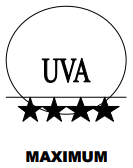
There may be four stars but only three of the four coloured in, indicating a three star rating which is not as good as a four star rating. Remember children’s sun blocks are suitable for adults and vice versa.
Some high factor sun blocks can be thick and difficult to apply so try a few until you find one you like. Lips should also be protected. You should buy a separate high factor lip block or if you are stuck smear some of your body sun block on your lips. It is not normally necessary to buy a separate sun block for your face. Sun blocks that are suitable for the body can usually also be applied to the face. Sunscreens should be used together with other sensible sun protection measures such as;
- Wear a broad rimmed hat
- Wear long sleeves and long trousers or dresses in the sun
- Avoid prolonged exposure to strong sunlight in the middle of the day
- Sit in the shade.
Sunscreens should not be used to allow excessive sunbathing. If you have sensitive skin or skin allergies choose a hypo-allergic, non perfumed, fragrance free sun block; these are also suitable for children as they are less stinging in case you accidentally get some of the sun block in their eyes. Fake tans and make – up are safe but offer little or no sun protection so you need to wear a total sun block as well.
Sun blocks such as “P20” and “Parasol” that do not carry a UVA star rating cannot be recommended.
 Download this form as a PDF
Download this form as a PDF
Advice for people using sun and ultraviolet light protection to guard against sunburn, redness, wrinkles and skin cancer:
Vitamin D is essential for healthy bones as it allows calcium to be absorbed in the gut. The recommended daily intake of Vitamin D for adults is 400iu (10µg). However, some doctors recommend twice this amount (ie: 800 to 1000 iu or 20 to 25µg per day ).
Sunlight is a good source of Vitamin D. Using sun protection may result in Vitamin D deficiency unless you maximise your source of Vitamin D from your diet and you take Vitamin D supplements.
Rich sources of Vitamin D include the following:
- Oily fish, such as herrings, kippers, sardines, mackerel, salmon and tuna (at least once or twice a week).
- Fortified foods such as HiLo Milk or Avonmore Supermilk
- Fortified margarines
- Eggs (seven per week or 4 per week if you have high cholesterol)
However, it is difficult to consume sufficient Vitamin D from diet alone. Other good sources of Vitamin D are Vitamin D supplements such as “Adult D 1000” by Shield Health or “ BabyVitD3 “ by KoRa ( 0.4ml/day for adults = 400iu/day ) or “D Lux spray” by BetterYou (1000iu/spray) or “D-Pearls” by Pharma Nord (1520iu/capsule ) ,or “Desunin” 800iu (available on the medical card), Boots VitD 25µg.
By taking sufficient dietary Vitamin D, there is no need to rely on sunlight or daylight as a source of Vitamin D, so it is safe to use total sunblocks, hats and appropriate clothing to protect your skin from damaging ultraviolet light rays.
In addition to taking extra dietary vitamin D, people who need to protect their skin from ultraviolet light should also take plenty of calcium to maintain good bones and teeth. Adults need at least 700mg/day. The best source of calcium is from dairy products (milk, cheese, yoghurt). Other sources of calcium include the following:
- Sardines
- Green leafy vegetables including spinach and broccoli, baked beans and red kidney beans
- Nuts and seeds
- Soya bean curd
People who do not take regular dairy produce may need to take a calcium supplement every day. Some supplements have both calcium and vitamin D (eg: “Calcichew D3 Forte“, “Caltrate”, “Ideos” , “Osteofos D3” )
To maintain healthy bones you should also do some weight-bearing exercises (e.g. brisk walking, jogging, dancing, tennis, golf etc) for 40 minutes at least three times a week.

